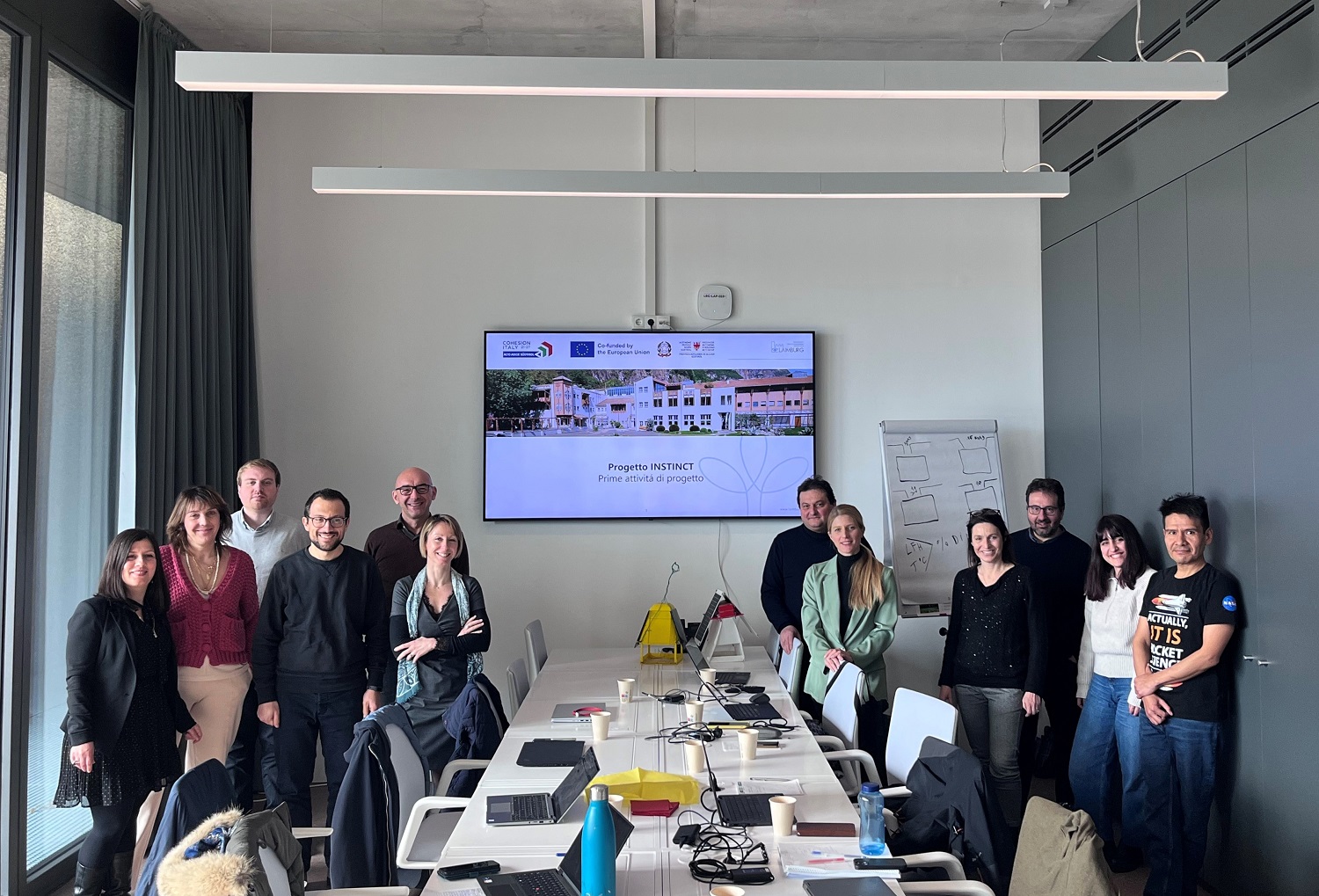In the Sierra Sur of Jaén, Andalusia, spring turns pink thanks to the cherry trees in bloom, creating a breathtaking landscape intertwined with olive groves. But behind this beauty lies an agricultural crisis: the centennial cherry trees of the area are at risk of disappearing.
Their cultivated area has halved in a decade, endangering not only a crop but also an identity symbol for the entire region.
A unique landscape threatened by decline
Jaén, together with Granada, is one of the main producers of cherries in Andalusia. The climatic conditions of the Sierra Sur, with favorable altitudes and 700–800 hours of winter chill, make the area perfect for growing high-quality cherry trees.
In Castillo de Locubín, the heart of this production, a festival dedicated to the fruit has been celebrated since 1984.
Yet, the sector is in decline. According to Antonio Conde, an agronomist and farmer heir to a historic family business, “the cherry tree is the symbol of our area, but its cultivation is losing appeal and profitability is increasingly low.”
In 2023, the cultivated area had dropped to 478 hectares, of which only 278 in association with olive groves. In 2012 there were 1,118 hectares, reduced to 757 in 2017 and 511 in 2020.
The causes of the collapse: labor, profitability, and climate change
Three main factors of the crisis:
- Scarce and expensive labor, as harvesting remains manual to preserve fruit quality.
- Lack of cooperatives and supply chain organizations, making it difficult to achieve economies of scale.
- Pests and drought, such as the “gusano cabezudo” that attacks the roots, worsened by the increasingly unstable climate.
More and more farmers, also driven by the possibility of mechanization and savings, are replacing cherry trees with intensive olive groves.
In addition, spring rains damage developing fruits, while late varieties suffer from fungal diseases. Production losses can reach 30–40%.
A precious and identity fruit
Despite the difficulties, for farmers like Conde, the cherry tree retains a special value. Its production, limited to about one month a year, is highly demanded in the market and has a strong cultural significance.
“Losing the cherry trees means losing a symbol built by our ancestors. For me, coming from a family of farmers, it would be a painful defeat,” he says with emotion.
Looking ahead: communication and institutional support
To safeguard the cherry trees of the Sierra Sur, experts propose awareness campaigns on the benefits of the crop and greater support from institutions and youth agricultural associations.
The Italian model, with consortia and protected denominations, could offer a useful example to revive the sector and enhance a niche product of high quality.
Source: jaenhoy-es.cdn
Cherry Times - All rights reserved












